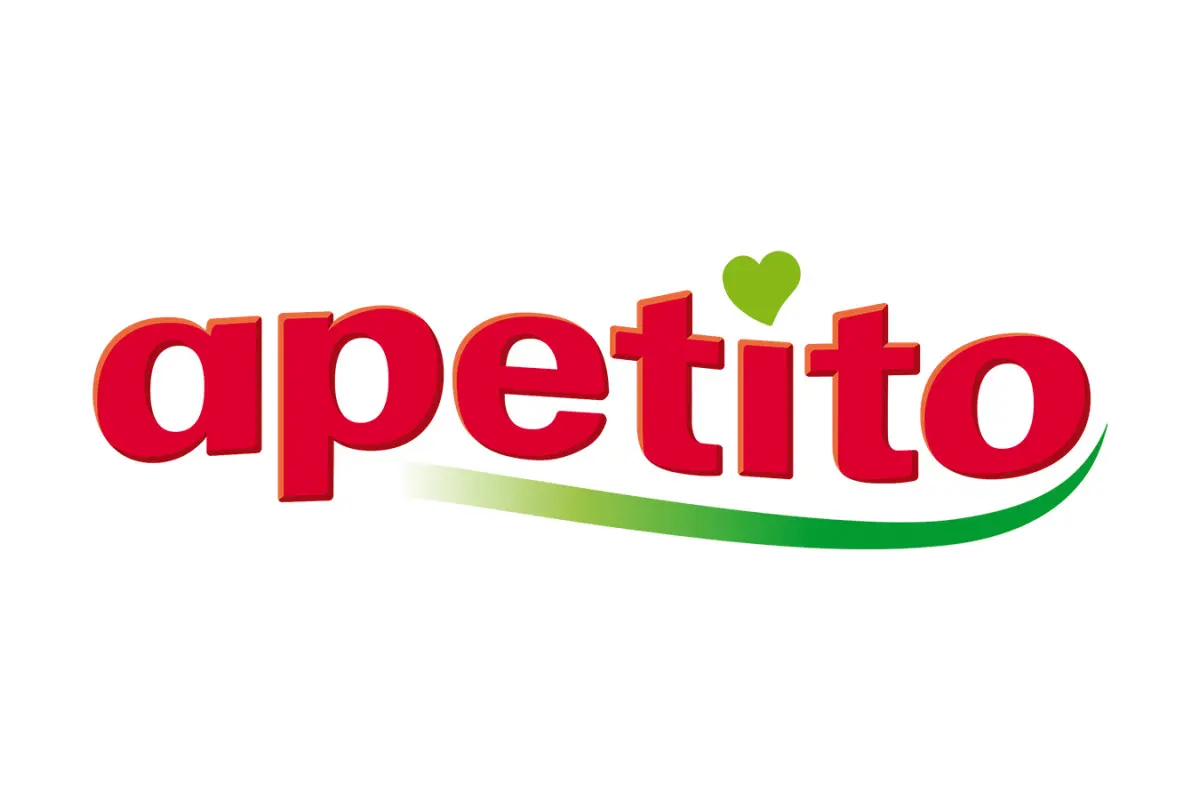
Apetito
It is really frosty at minus 24 degrees Celsius in the logistics centre of frozen food and catering system provider Apetito at its main site in Rheine. The frozen food manufacturer relies on label dispensers from Bluhm Weber Group, which apply labels to packages reliably despite the cold.
Apetito labels packages at -24° Celsius without enclosure
‘Investing in the labelling system has paid off in every respect,’ summarises Klaus Schmalbrock. ’Not only do we save time and have seen a significant reduction in the number of returns since introducing labelling, but we have also been able to reduce costs by using the new labelling technology.’
We Germans shiver even when the temperature drops just a few degrees below zero. But that's nothing. It's really freezing at minus 24 degrees Celsius in the logistics centre of Apetito, a supplier of frozen foods and catering systems, at its main site in Rheine. The conditions here are extreme, not only for the employees, but also for the machines used in this area, such as the labelling systems. The frozen food manufacturer relies on label dispensers from Bluhm Weber Group, which reliably apply labels to packages despite the cold.
"We are used to suppliers having to contend with the extreme temperatures here first. Many assure us that their technology is suitable for use in deep-freeze conditions – but when they have to prove it, things often look very different,’ reports Klaus Schmalbrock, Head of Shipping, Loading, À la Carte and Frozen Food Technology at Apetito. “Sometimes, minimal deviations in the materials used determine whether or not they can withstand the cold.”
Sub-zero temperatures are a test of endurance for technology
The labelling supplier Bluhm Weber Group has also learned that temperatures of minus 24 degrees Celsius can be a test of endurance for technology. After several other suppliers of labelling technology had already declined Apetito's enquiry, Bluhm Weber Group took up the challenge. But the project was not a sure-fire success. The labelling was to be carried out in the deep-freeze area, and there was very little space available for the labellers on a high platform. There were no plans to move the labellers to an area with above-zero temperatures or to enclose them. Volker Bluhm, Managing Director of Bluhm Weber Group, recalls: ‘The first label material became stiff and brittle in the cold and could not be processed automatically. And with the label dispensers, there were initial problems with the linear axis after commissioning, even though we had tested them for weeks in the cold beforehand.’ But the Bluhm Weber Group engineers did not give up and found a solution. Various label materials and adhesives were tried out until the right label material was found that could be processed fully automatically and adhere even at extreme temperatures. Linear axes from various suppliers were tested on the label dispensers and the bearings were made suitable for deep-freeze conditions. The ambition and perseverance of the labelling supplier ultimately paid off. Today, Alpha Compact labelling systems label the passing cartons with coloured labels on two feed lines.
Labellers reduce error rates and returns
The colour marking system has been in use at Apetito for as long as Klaus Schmalbrock can remember. Initially, the cartons were marked with chalk, but this smudged. ‘Later, we switched to permanent markers. But here, as with the chalk, there was a risk that employees would forget to mark something. Sometimes, a single stroke would accidentally mark two cartons. ‘The process was therefore prone to errors and the complaint rate due to incorrectly delivered goods was high,’ reports Schmalbrock. ’The idea of using inkjet printers was quickly rejected. This is because the coloured ink clumps quickly in cold temperatures. If you dilute it, you don't get a precise jet, but instead it sprays in all directions.’
The labellers are now more reliable and faster than before. All boxes in a customer order receive the same colour label fully automatically. The next customer order is then assigned a different colour. This means that employees can tell from the colour and quantity whether they have all the boxes for an order. There is no need for time-consuming, tedious checking off of each individual item. But it's not just the company's own employees who benefit; major customers also benefit, as the colour system helps them to supply third-party customers more easily and reliably, for example.
Sophisticated technology
The cartons to be labelled arrive on the conveyor belts in what appears to be a random order. But appearances are deceptive, because behind the scenes there is a sophisticated system at work: the order and sorting of the cartons is precisely specified by the Swisslog system control. The barcode labels on the products are scanned at the goods entry and exit points. Everything else is handled by a ‘logical’ tracking system from Swisslog. Swisslog's logistics control system also tells the labelling systems which colour label is to be applied to which carton. Light barriers detect the different carton heights. The dispensing stroke covers distances of up to 800 mm. The dispensing stamp stops immediately in front of the carton surface and the label is blown on using the tamp-blow method without touching the carton. For better adhesion, there is a soft brush on the stamp that presses the label firmly into place. The system labels 50-60 cartons per minute in this way without any problems.
The Alpha Compact label dispensers are robust systems and suitable for continuous operation. The roll end warning signals to the operators in good time when a label roll is coming to an end.
‘The investment in the labelling system has paid off in every respect,’ sums up Klaus Schmalbrock. ‘Not only do we save time and have seen a significant reduction in the number of returns since introducing labelling, but we have also been able to reduce costs by using the new labelling technology.’

